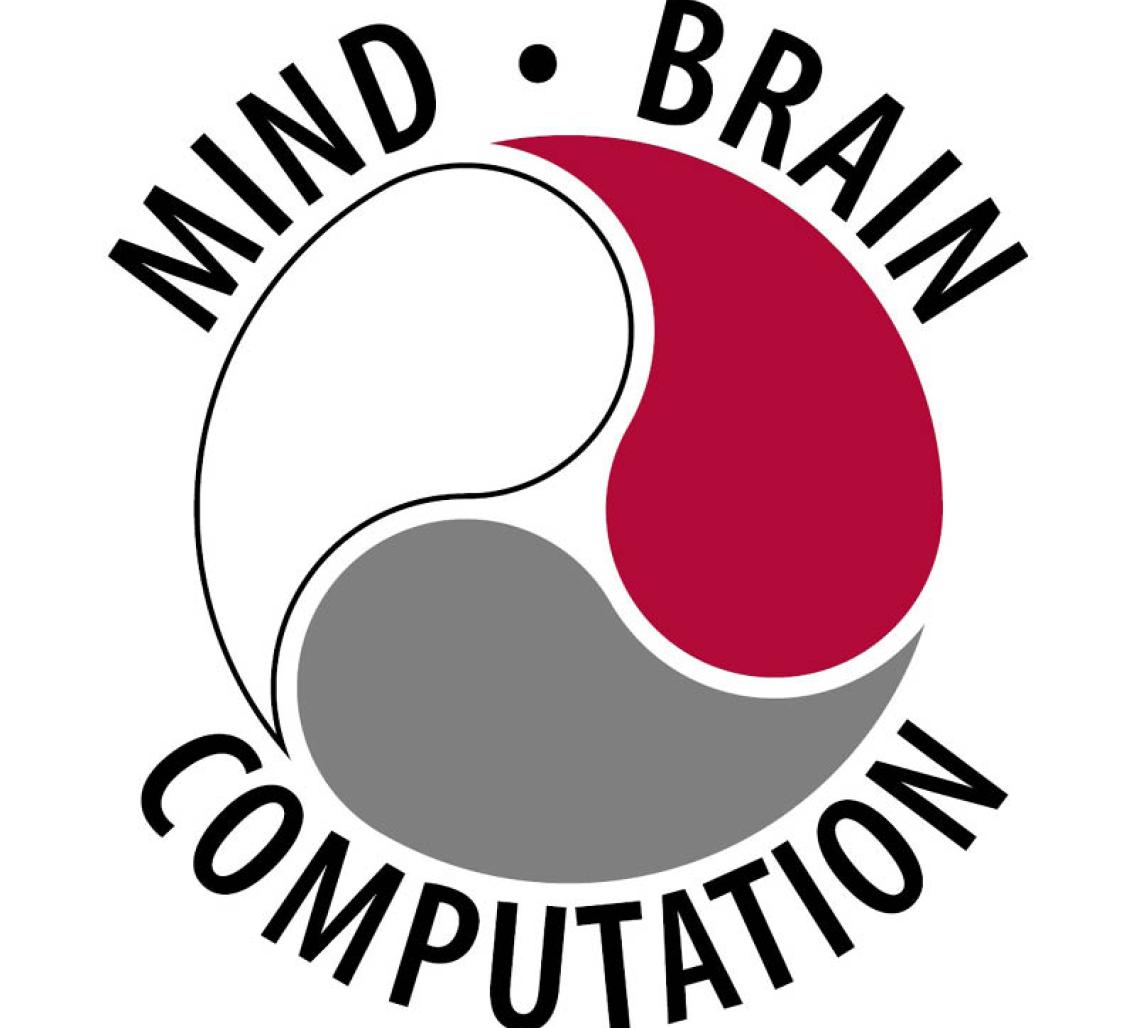Event Details:

Principles governing the integration of landmark and self-motion cues in entorhinal cortical codes for navigation
Malcolm Campbell
Stanford University
Abstract
To guide navigation, the nervous system integrates multisensory self-motion and landmark information. We examined how these inputs generate the representation of self-location by recording entorhinal grid, border and speed cells in mice navigating virtual environments. Manipulating the gain between the animal’s locomotion and the visual scene revealed that border cells responded to landmark cues while grid and speed cells responded to combinations of locomotion, optic flow, and landmark cues in a context-dependent manner, with optic flow becoming more influential when it was faster than expected. A network model explained these results, providing principled regimes under which grid cells remain coherent with or break away from the landmark reference frame. Moreover, during path integration-based navigation, mice estimated their position following the principles predicted by our recordings. Together, these results provide a quantitative framework for understanding how landmark and self-motion cues combine during navigation to generate spatial representations and guide behavior.
Emotional Dynamics as Drivers of Group Behavior
Amit Goldenberg
Stanford University
Abstract
It is difficult for people and groups not to respond emotionally to the dramatic socio-political events that are taking place around the world. These emotions are often shared through social interactions, and such interactions play a key role in fueling and perpetuating processes such as collective action, radicalization, and conflicts. Using a multi-method approach, my research focuses on different types of emotional dynamics that lead to increased emotional intensity, which I argue play a crucial role in group behavior. In a first set of studies, I show that people tend to increase emotions such as outgroup anger and ingroup guilt in order to compensate for other group members who do not feel strong emotions. In a second set of studies, I show that group members’ motivation to differentiate their emotions from other group members may also lead them to increase their emotions, even when other group members feel similar emotions to them. Finally, in a third set of studies, I focus on emotional sharing on social media, and show that people may aspire to escalate emotional interactions with others in order to maintain emotional intensity and convince others to join their cause. Taken together, these three sets of studies offer an initial map of different types of emotional dynamics that may lead to increased emotional intensity.
Running reduces firing but improves coding in rodent higher-order visual cortex
Amy Christensen
Stanford University
Abstract
Running profoundly alters stimulus-response properties in mouse primary visual cortex (V1), but its effects in higher-order visual cortex remain under explored. Here we systematically investigated how locomotion modulates visual responses across six visual areas and three cortical layers using a massive dataset from the Allen Brain Institute. Although running has been shown to increase firing in V1, we found that it suppressed firing in higher-order visual areas. Despite this reduction in gain, visual responses during running could be decoded more accurately than visual responses during stationary periods. We show that this effect was not attributable to changes in noise correlations, and propose that it instead arises from increased reliability of single neuron responses during running.